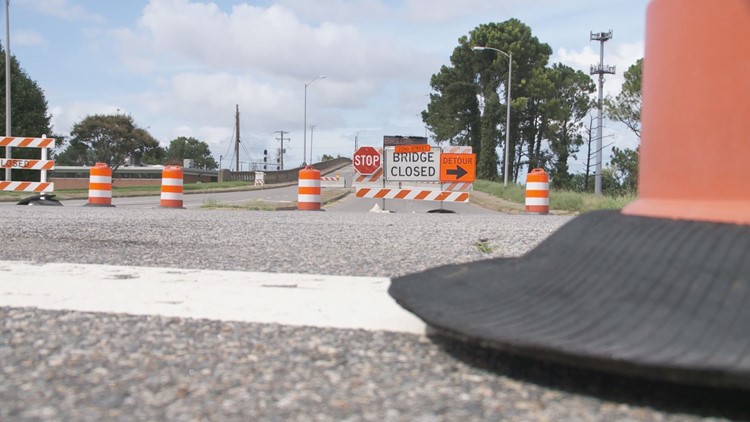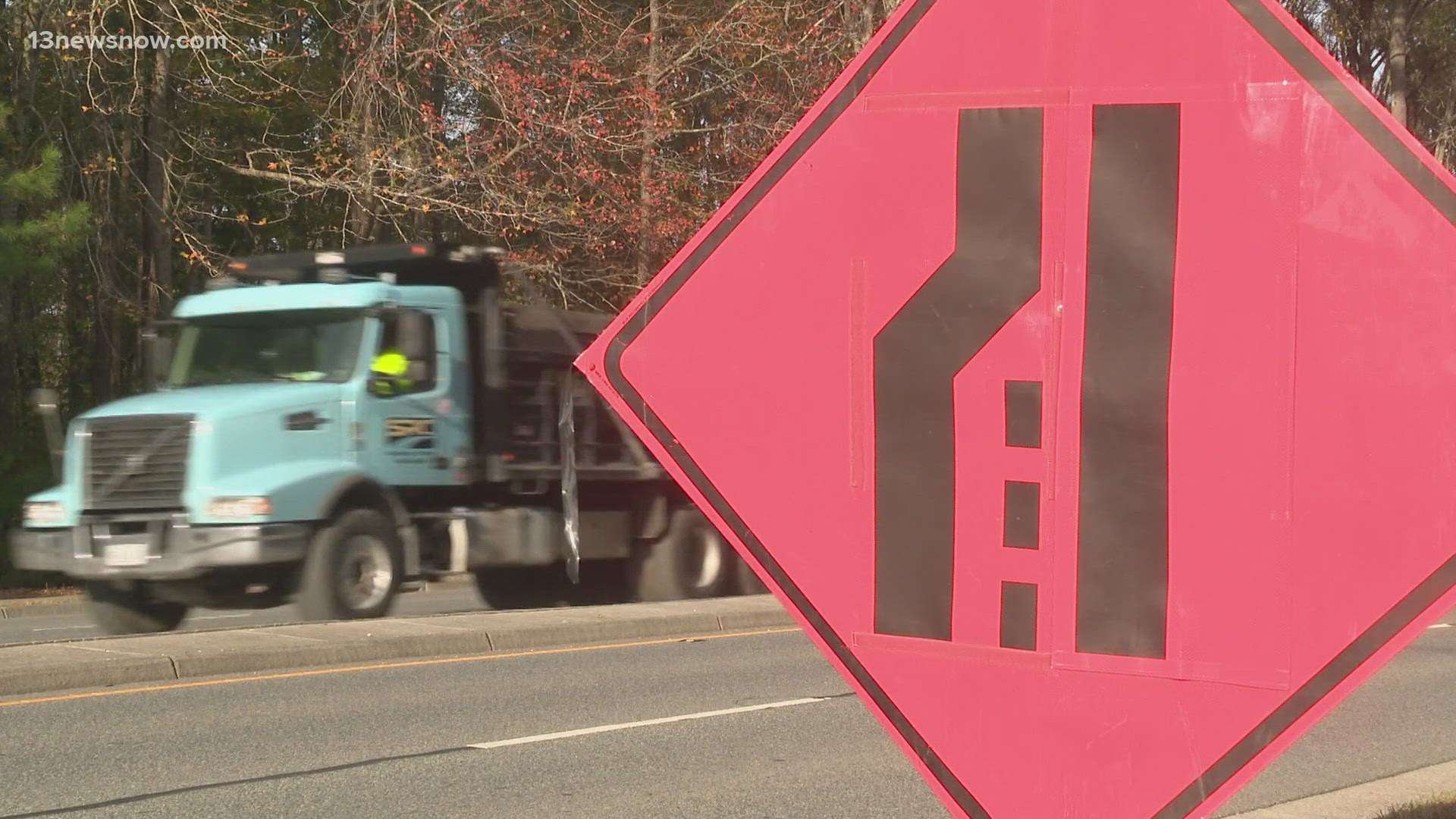Earlier this year, the American Road and Transportation Builders Association released a report on the bridges in Virginia, showing more than 600 of the nearly 14,000 bridges in the state were considered “structurally deficient.”
The report breaks the numbers down by type of bridge and location, showing 28 are on interstates and more than 1,000 are posted with vehicle size and weight restrictions.
When broken down by Virginia Department of Transportation District, however, Hampton Roads makes up just 60 of those bridges — 25 of which are maintained by cities and not VDOT crews.
Further, “structurally deficient,” while it ought to prompt repair or replacement, does not necessarily mean those 60 bridges are unsafe for travel, said Shannon Ternes, VDOT structure and bridge department program manager for bridge inspections.
“The most important thing is that they’re not necessarily unsafe … I live in Hampton Roads, I drive on all these bridges, my family drives on all these bridges,” Ternes said. “Structurally deficient bridges does not mean they’re unsafe — just monitored more closely.”
The 646 structurally deficient bridges in Virginia make up about 4.6 percent of the state’s total bridges, but is a significant decrease from the 1,033 structurally deficient bridges identified in 2014.
And VDOT is continuing to work to fix the remainder of those bridges.
In Hampton Roads, all structurally deficient bridges are either in the process of being repaired or replaced or in the design phase.
“For every structurally deficient bridge, there’s a plan in progress to address those,” Ternes said.
Inspections and monitoring
Every VDOT-owned and maintained bridge is inspected regularly, and moreso when it’s identified as structurally deficient.
Under federal guidelines, the 1,900 bridges in Hampton Roads need to be inspected at least once every two years. Of those bridges, VDOT inspects about 1,250, Ternes said.
When a bridge or culvert is structurally deficient, it is inspected more often and its condition is closely monitored, Ternes said.
To be structurally deficient, a bridge needs to be rated a 4 or less on a 1 to 9 condition scale. There are three components that get rated on the scale: the deck, superstructure and substructure.
Isolated issues won’t affect the entire structure’s condition rating, but if it’s a larger area or throughout the whole structure, it will, Ternes said.
VDOT spokeswoman Brittany McBride Nichols said it’s important to remember the aesthetics of a bridge — such as rust or crumbling concrete — doesn’t always indicate the bridge has a safety problem.
She added the non-deficient bridges make up about 96.6 percent of the state’s entire bridge roster, exceeding the national average of 92.4 percent.
“If you see something, it shouldn’t always cause alarm,” she said. “In the end, safety is our number on priority and we would never have a bridge remain open if it was unsafe.”
Getting better
Ternes said it’s always possible for more bridges to deteriorate and become structurally deficient, but VDOT hopes to continue whittling down the number of deficient bridges in Hampton Roads.
In the last year, VDOT has taken 20 structurally deficient bridges off the list, McBride Nichols said.
Another seven bridges were added to that list, making a net decrease of 13 bridges total, Ternes said.
VDOT does some of its work on structurally deficient bridges in-house, which means some work can get done within a couple of months of a bridge being classified as structurally deficient.
Other times, the bridges need to go through the state State of Good Repair program, which was created in 2015. Through the program, bridges owned by both VDOT and localities get ranked by the type of work needed, funding estimates for the fix, daily traffic and more.
Bridges have to be structurally deficient to qualify for State of Good Repair funding, and some of those projects can take a couple of years to come to fruition.
Ternes added the Federal Highway Administration has stopped using the term “structurally deficient” to describe bridges, as it has started to use good, fair and poor with the 0 to 9 condition ratings.
“It’s a term so ingrained with the [departments of transportation] and performance metrics, but the Federal Highway Administration is trying to get the word out,” Ternes said.



